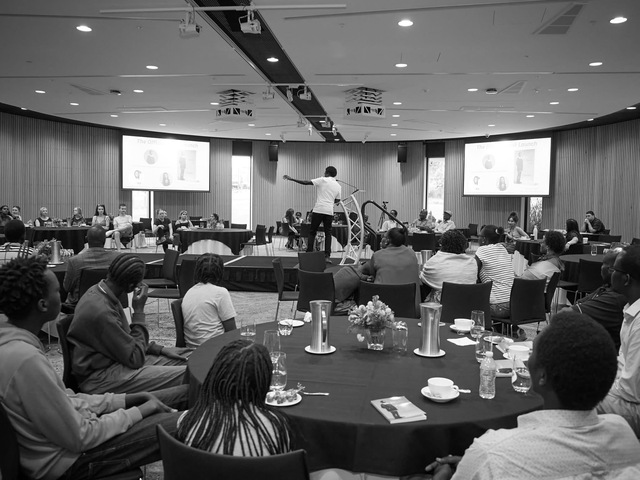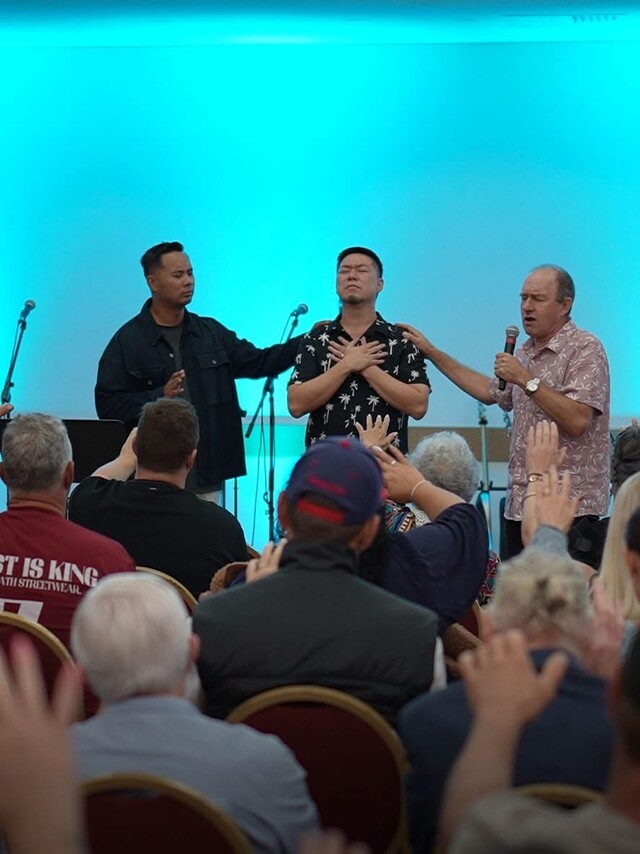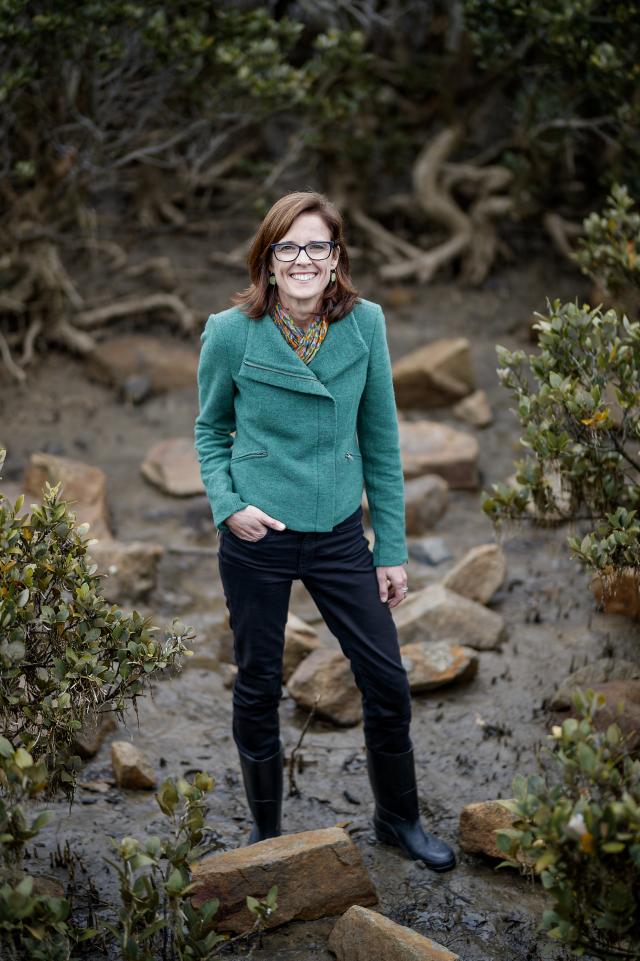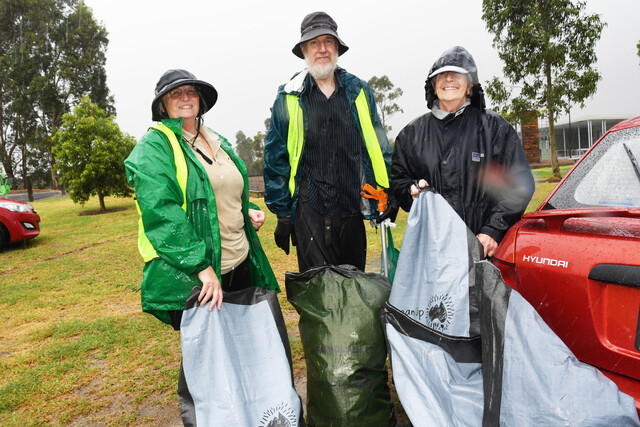In the lead up to the November State Election, each week the Star will look at the different issues affecting Greater Dandenong
residents. This week, the focus is on education – Bridget Cook looks at the community needs in terms of education and what the political parties are offering.
THERE are a number of issues and disadvantages in terms of education that face the Greater Dandenong community.
Some 16 per cent of young people in Greater Dandenong leave school before completing Year 11, which compares with 11 per cent across metropolitan Melbourne
Only 29 per cent of young people attend university or other tertiary institutions, compared with 41 per cent across Melbourne.
Also, young people in the region are less likely to be employed than in other areas throughout Melbourne.
Greater Dandenong community services director Mark Doubleday said the council was concerned with thiese discrepancies.
“Some of the direct consequences of these education gaps include higher rates of youth disengagement, lower levels of employment and higher rates of illiteracy,” he said. “Efforts directed at improving exposure to books and learning before school, including kindergarten, may be one means to address these disadvantages,” he said.
He also said further funding for basic literacy and numeracy in schools, strengthened homework programs and additional language assistance for recently-settled adult migrants could also help.
Dandenong MP John Pandazopoulos said ensuring that schools had enough resources was the biggest issues, but he believed the State Government was going in the right direction.
Mr Pandazopoulos said in the past 10 years, $100.5 million has been spent on capital works on schools in the Dandenong electorate, and 206 teachers and support staff had been employed.
“The past decade, the government has used a reconstruction program to modernise schools and invested in more resources. When we look at schools in Greater Dandenong, there has been a population decline due to change in demographic, but there are more teachers. This means smaller class sizes on average, and more aid support and specialist teachers available.”
Lyndhurst Liberal candidate Tony Holland said locally, a Liberal government would work with all school communities to deliver the best facilities and quality of education to guarantee children had the best opportunities.
“Great teachers and high standards in the classroom need to be supported by facilities, technology and infrastructure that meet their needs – not a one-size-fits-all approach,” Mr Holland said.
Liberal candidate for Dandenong Dale Key said if education had been John Brumby’s number one priority, it would not have needed the rescue of a federally funded BER program. “We have a national curriculum introducing another lot of reforms for which our school communities need to be better prepared,” Mr Key said.
Greens Dandenong candidate Matthew Kirwan highlighted other factors that affected education in Greater Dandenong.
Mr Kirwan said students at Chisholm TAFE in Dandenong were affected by the increases in TAFE fees and the removal of concession fees. “In an area where unemployment is higher than average why would we discourage local people developing new skills?” he said. “The Greens will cut all new TAFE fees to make TAFE available to all Victorians, in particular we will reintroduce concession fees.”
Spell it out
Digital Editions
-
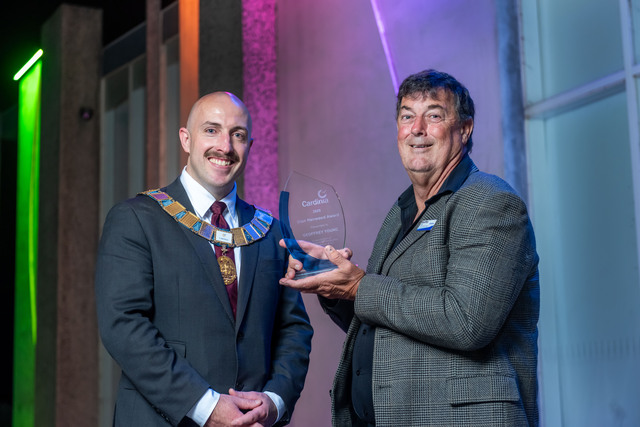
Geoff’s surprise honour
For Pakenham’s Geoff Young, keeping busy helping the community is just a fact of life with no thought of any accolades or recognition. That all…

